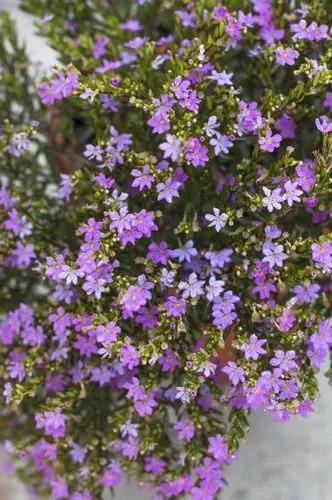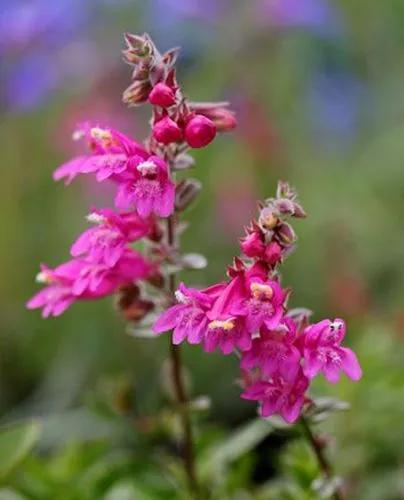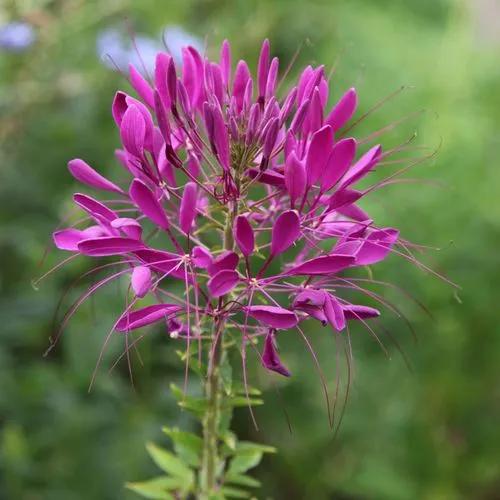Chinaberry is a member of the Mahogany family (Meliaceae) and is also known as “China Tree” and “Pride of India.” So, what is chinaberry tree? Growing chinaberry trees (Melia azedarach) have a dense spreading habitat attaining heights of between 30 to 50 feet tall (9-15 m.) and hardy in USDA zones 7-11. Growing chinaberry trees are prized as shade trees in their native habitat and bear pale purple tube-like blooms with a heavenly scent much like southern magnolia trees. They are found in fields, prairies, along roadsides and at the edge of wooded areas. The resulting fruit, marble sized drupes, are light yellow gradually becoming wrinkled and white over the course of the winter months. These berries are toxic to humans when eaten in quantity but the juicy pulp is enjoyed by many bird varieties, often resulting in rather “drunken” behavior.
Chinaberry Tree Care
Melia Azedarach



How to Care for the Plant

Water

The tree should be watered regularly, although it will tolerate some drought and needs no irrigation through the winter months.

Pruning

Prune your chinaberry tree to remove root and shoot suckers and maintain the umbrella-like canopy.

Sunlight

in a sunny or partially shaded position

Soil

Succeeds in most well-drained soils and in hot dry conditions. Likes sandy soils

Temperature

It can tolerate a mean maximum temperature in the hottest month of 39°c, with temperatures sometimes falling below freezing for short periods in the cool season. In general, trees will be killed by temperatures falling lower than about -5°c

Additional

These berries are toxic to humans when eaten in quantity but the juicy pulp is enjoyed by many bird varieties, often resulting in rather “drunken” behavior.

Popularity

1,723 people already have this plant 314 people have added this plant to their wishlists
Discover more plants with the list below
Popular articles






